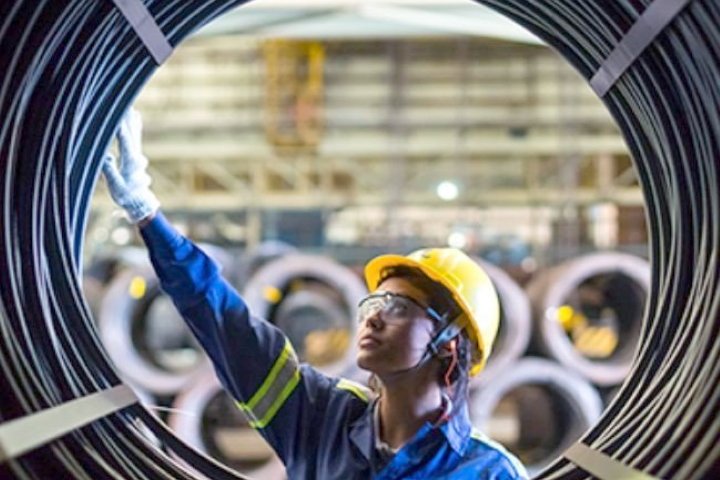Eurofer expects demand for steel in the EU by 3.1% and sees no bottom
Apparent consumption of steel in the European Union decreased by 7.7% year on year to 39.3 million tons in the second quarter of 2019 after the fall of 1.6% in the first quarter. As stated in the European steel Association Eurofer, the negative trends in the demand for steel are the result of the continuing downturn in the manufacturing sector of the EU due to falling exports and lack of investment.
Leading indicators predict a continued decline in steel consumption in the EU for the remainder of the year, with no chance of recovery until the second quarter 2020. In Eurofer expect a fall in apparent steel consumption in 2019 3.1% yoy and say that the current decline of the manufacturing sector in the EU, most likely, will not reach bottom in the near future.
in the second quarter of 2019 the problems faced by the steel sector of the EU, have become more serious, with even more negative consequences for the market conditions. After a record fall in demand in the first two quarters 2019, preliminary indicators of the third and final quarters of this year indicate a further reduction in real steel consumption in Europe.
it is Expected that consumption in 2020 will remain at about 2019. Thus, the possible growth will only result in a less sharp decline in stocks of steel in the supply chain. So it must be characterized as a "technical recovery" and not a real improvement of demand and supply.
the Combination of falling demand for steel and growth of steel imports will continue to pose a serious risk to become the EU, as according to Eurofer, the Commission "left the door open for the historically high volume of imports".
Another problem is that any growth in steel demand in the beginning of 2020 will be mainly to facilitate import because of the mechanism of transfer of unused quotas. Therefore, the EU market remains at risk of destabilisation as a result of imports from third countries.
the Root cause of the problems faced by the steel sector today, according to Eurofer is global excess capacity, growth is still far ahead of the growth in world steel production. "Excess capacity, still being without a good economic justification in countries such as China, Indonesia, Iran, Russia or Turkey," - said in the Association.
Internal and external constraints will continue to affect industrial activity in the EU and uses the steel industry sector. Slowing global economic growth and world trade will not only have a negative impact on exports and on investment in the EU in a dramatically weakened trust levels of the business.
overall, as noted in Eurofer, the prospects of the industrial base of the EU is pretty dismal, although in most sectors is expected a slight improvement in manufacturing activity in 2020.
it is predicted that production in the steel sectors in the EU will grow by a meager 0.4% in 2019, and 0.6% in 2020, and it will be the slowest growth since 2013.
